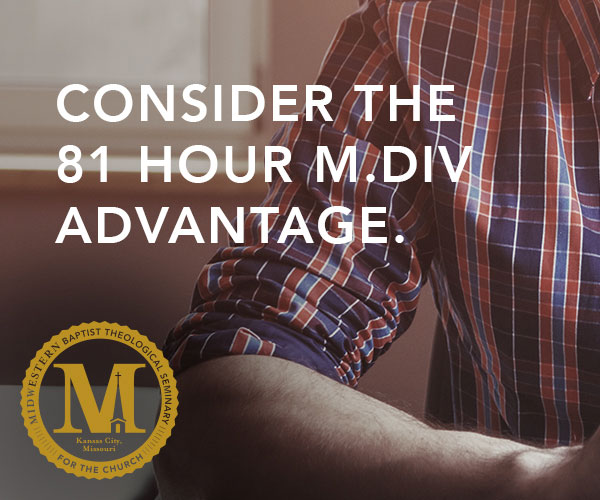B ruce Lindley McCormack has created a work of scholarship in constructive theology. This first of a planned trilogy left me enthusiastically awaiting subsequent volumes. McCormack develops a Kenotic Christology grounded explicitly in the Reformed tradition. His model:
ruce Lindley McCormack has created a work of scholarship in constructive theology. This first of a planned trilogy left me enthusiastically awaiting subsequent volumes. McCormack develops a Kenotic Christology grounded explicitly in the Reformed tradition. His model:
- reverses Cyril’s purported instrumentalization of the human nature and denies the Logos asarkos “as such”
- sees the eternal Son’s use of power in weakness
- proposes that a unified Christological subject, Jesus, responds only to the convicting work of the Holy Spirit from his humanity with the eternal Logos taking those features “up into” the divine
- maintains the eternal Son in state of humility through ontological receptivity: the Son was always ontologically connected to Jesus through essential determination of the Son to become incarnate
- moves from a substance metaphysics of two natures to a synthesizing of the histories of the Incarnate Son and the Eternal Son, that they were always one shared history, one subject rather than two
- maintains the crucial unity of the divine and human elements through the Eternal Logos’ receptivity resulting in a single hypostasis: Jesus.
By way of critical analysis, crucial questions arise concerning method, biblical impassibility, mereology, and Cyril’s apparent instrumentalization model.
Methodological Questions – Immutability and Impassibility
The most pertinent question is methodological because key aspects of the conclusion come preloaded with it. McCormack follows what he calls Barth’s Rule: anything said about the economic Trinity can be said about the immanent Trinity, and, by extension, anything said of Christ must remain true for the Godhead. McCormack concludes, “The point is that the doctrine of God should be grounded Christologically–which is why the Christology must come first” (2). Both for his trilogy and for proper theology, Christology grounds the rest. It will be exciting to see McCormack do this in volume two of his trilogy as he considers the Doctrine of God, but, for present purposes, would not a rejection of impassibility and, possibly, a rejection of the classical understanding of two natures necessarily be entailed by this method? To start with the everyday life of the man Jesus seems to dictate conclusions about the impassibility of the Godhead. The issue is whether any scriptural argument becomes less a proof and more a justification for an already imbedded result.
McCormack finds it telling that defenses of impassibility refer to key immutability texts rather than independent impassibility texts (4). He concludes that impassibility is unwarranted biblically. One who argues for impassibility, however, does so precisely because God is immutable. If God cannot change and if changes in passions would result in real, substantive changes, then God must be impassible. Instead of an ad hoc addition to immutability, impassibility is entailed by it.
McCormack recognizes this, arguing, “The meaning of ‘impassibility’ trailed over into the meaning assigned to the word ‘immutability’” (6). Thus, the real debate is whether immutability can be legitimately qualified. He suggests the fundamental question is, “What must God be if it is the case that God really is acted upon in Jesus Christ?” (6) The answer for McCormack, again, is Christological: clearly God is passible because the human Jesus is passible. He contends that his model of ontological receptivity limits that passibility in such a way that it remains within the bounds of biblical immutability: the eternal Logos does not change, rather He always was composite with the man Jesus. He believes immutability is preserved and a certain kind of passibility rightly rejected. Again, is McCormack’s method overly determining the outcome? While Jesus is certainly revealing of God, so is the rest of the Bible. It would have been edifying, though admittedly beyond the scope of what McCormack is fundamentally doing, for him to turn his full attention to the apparent flaws in impassibility.
The Divine Logos and Chalcedon
McCormack attacks the lack of authentic union between the Logos and the man Jesus on the classical Chalcedonian understanding of the substantive two natures. He argues, “What was ascribed to the ‘whole’ really only belongs to a part–a figurative ascription by any other name. No real unity can be arrived at in this way” (263). Either the divine nature is acting, or the human nature is acting, but there is never real union between the two. Mereologically speaking, this is simply not the way most whole-part relations are taken. William Hasker, for example, argues that wholes readily borrow attributes from their parts whether those specific attributes can be assigned to other parts. He uses the example of the skin and flesh of an apple, highlighting their differences while saying it is common and proper to talk about either “set of attributes” as pertaining to “the apple.”[1] Why would it be so radically different for actions from the human nature and the divine nature of Christ to be ascribed to a single hypostasis, Jesus? The union seems as genuine as any other mereological relationship.
Yet Steven J. Duby argues that “as Cyril of Alexandria repeatedly emphasizes, since God the Word became flesh, the flesh is not just an ‘instrument’ . . . with which the Word might have only an ‘external relation.’”[2] He further notes Cyril’s teaching about the human body being the proper body of the Word. This is not terribly dissimilar to McCormack’s view of essential determination, though McCormack is certainly innovative with his concept of ontological receptivity, among others. In the end, the instrumental interpretation of Cyril’s Christology is overstated.
McCormack’s work is a must read for any who desire to think deeply about Christology and its relation to theology. From his historical analysis to his biblical exegesis, McCormack challenges one’s thinking on every page. McCormack has produced, on his understanding of essentials, a Reformed Kenotic Christology. The question is whether his methodological considerations allow him to properly engage the classical tradition, and whether his Christology makes good on its promise of a more genuine unity between the two natures.
Endnotes
[1] William Hasker, “A Compositional Incarnation,” Religious Studies 53 (2017): 436.
[2] Steven J. Duby, Jesus and the God of Classical Theism (Grand Rapids, MI: Baker Academic, 2022), 145.
Image credit: Andrew Milligan sumo

